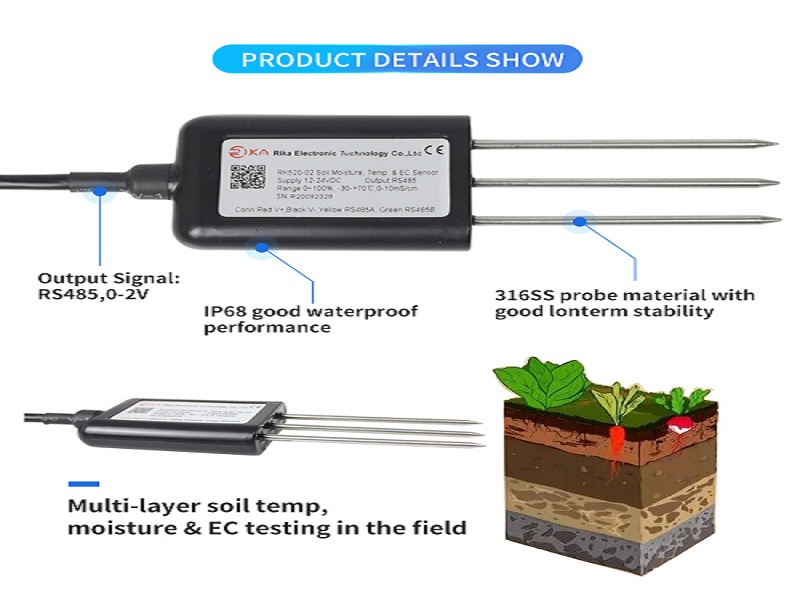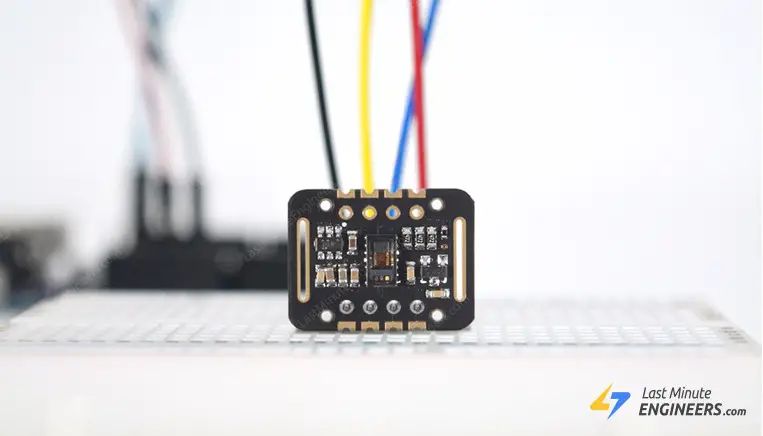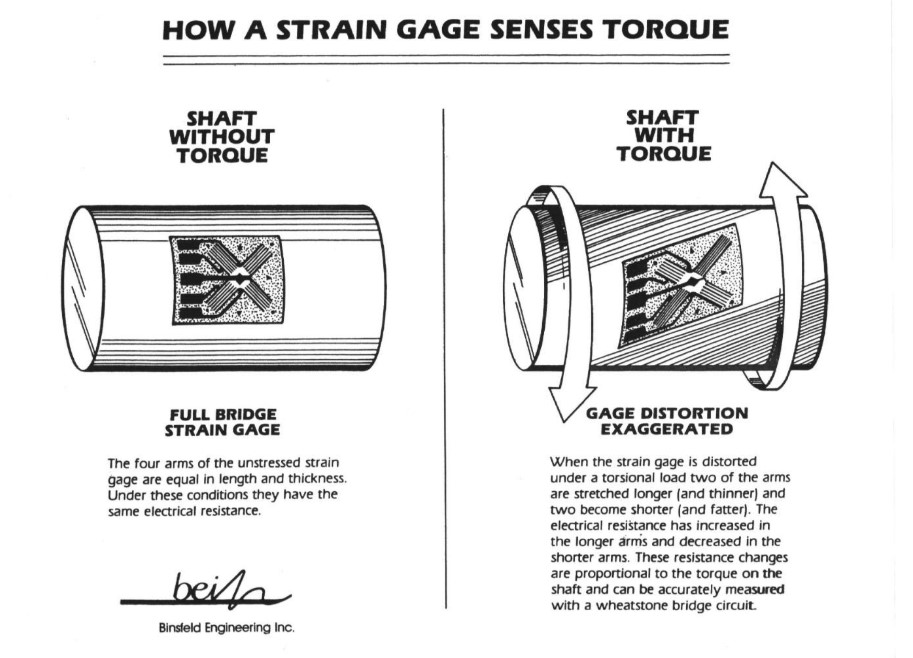Measuring Soil Salinity with a Conductivity Sensor
Soil salinity is a crucial factor that can significantly impact the health and productivity of plants. Excess salts in the soil can disrupt the osmotic balance of plants, hinder nutrient uptake, and ultimately lead to stunted growth and decreased yields. Therefore, it is essential for farmers and gardeners to monitor soil salinity levels regularly to maintain optimal growing conditions.
One of the most effective ways to measure soil salinity is by using a conductivity sensor. These sensors work by measuring the electrical conductivity of the soil, which is directly correlated with the salt concentration in the soil solution. Conductivity sensors are easy to use, affordable, and provide instant results, making them a popular choice among farmers and researchers.
How does a conductivity sensor work?
Conductivity sensors work on the principle that salts in the soil solution increase its electrical conductivity. When an electric current is passed through the soil, the sensor measures the resistance to the flow of electricity. The higher the salt concentration in the soil, the higher the electrical conductivity, and vice versa. By measuring the electrical conductivity, conductivity sensors can accurately determine the salinity levels of the soil.
Steps to measure soil salinity with a conductivity sensor:
- Choose a representative area: Before taking measurements, it is essential to select a representative area in the field or garden. Avoid areas with known high or low salt concentrations, such as near roads or water sources.
- Calibrate the sensor: Conductivity sensors need to be calibrated before use to ensure accurate readings. Follow the manufacturer’s instructions for calibration or use a standard solution of known conductivity.
- Insert the sensor into the soil: Insert the sensor probe into the soil to the desired depth, ensuring good contact with the soil. Wait for the sensor to stabilize and take a reading.
- Record the reading: Once the sensor has stabilized, record the electrical conductivity reading. Some sensors may display the reading directly, while others may require connection to a separate device for data display.
- Repeat the process: To obtain a more accurate measurement, repeat the process in multiple locations across the field or garden and take multiple readings. Calculate the average of the readings for a comprehensive assessment of soil salinity levels.
By following these simple steps, farmers and gardeners can effectively monitor soil salinity levels using a conductivity sensor. Regular monitoring allows for timely adjustments to irrigation practices, fertilization, and soil amendments to maintain optimal growing conditions and maximize crop yields.
Benefits of using a conductivity sensor:
- Instant results: Conductivity sensors provide instant results, allowing for real-time monitoring of soil salinity levels.
- Cost-effective: Conductivity sensors are affordable and offer a cost-effective solution for soil salinity measurement.
- Easy to use: Conductivity sensors are user-friendly and require minimal training for operation.
- Portable: Most conductivity sensors are portable and can be easily carried to different locations for on-the-go testing.
Overall, conductivity sensors are valuable tools for measuring soil salinity and ensuring optimal growing conditions for plants. By monitoring and managing soil salinity levels effectively, farmers and gardeners can improve crop health, increase yields, and sustainably manage their land for future generations.
Measuring Soil Salinity with a Conductivity Sensor
Soil salinity is a crucial factor that can significantly impact the health and productivity of plants. Excess salts in the soil can disrupt the osmotic balance of plants, hinder nutrient uptake, and ultimately lead to stunted growth and decreased yields. Therefore, it is essential for farmers and gardeners to monitor soil salinity levels regularly to maintain optimal growing conditions.
One of the most effective ways to measure soil salinity is by using a conductivity sensor. These sensors work by measuring the electrical conductivity of the soil, which is directly correlated with the salt concentration in the soil solution. Conductivity sensors are easy to use, affordable, and provide instant results, making them a popular choice among farmers and researchers.
How does a conductivity sensor work?
Conductivity sensors work on the principle that salts in the soil solution increase its electrical conductivity. When an electric current is passed through the soil, the sensor measures the resistance to the flow of electricity. The higher the salt concentration in the soil, the higher the electrical conductivity, and vice versa. By measuring the electrical conductivity, conductivity sensors can accurately determine the salinity levels of the soil.
Steps to measure soil salinity with a conductivity sensor:
- Choose a representative area: Before taking measurements, it is essential to select a representative area in the field or garden. Avoid areas with known high or low salt concentrations, such as near roads or water sources.
- Calibrate the sensor: Conductivity sensors need to be calibrated before use to ensure accurate readings. Follow the manufacturer’s instructions for calibration or use a standard solution of known conductivity.
- Insert the sensor into the soil: Insert the sensor probe into the soil to the desired depth, ensuring good contact with the soil. Wait for the sensor to stabilize and take a reading.
- Record the reading: Once the sensor has stabilized, record the electrical conductivity reading. Some sensors may display the reading directly, while others may require connection to a separate device for data display.
- Repeat the process: To obtain a more accurate measurement, repeat the process in multiple locations across the field or garden and take multiple readings. Calculate the average of the readings for a comprehensive assessment of soil salinity levels.
By following these simple steps, farmers and gardeners can effectively monitor soil salinity levels using a conductivity sensor. Regular monitoring allows for timely adjustments to irrigation practices, fertilization, and soil amendments to maintain optimal growing conditions and maximize crop yields.
Benefits of using a conductivity sensor:
- Instant results: Conductivity sensors provide instant results, allowing for real-time monitoring of soil salinity levels.
- Cost-effective: Conductivity sensors are affordable and offer a cost-effective solution for soil salinity measurement.
- Easy to use: Conductivity sensors are user-friendly and require minimal training for operation.
- Portable: Most conductivity sensors are portable and can be easily carried to different locations for on-the-go testing.
Overall, conductivity sensors are valuable tools for measuring soil salinity and ensuring optimal growing conditions for plants. By monitoring and managing soil salinity levels effectively, farmers and gardeners can improve crop health, increase yields, and sustainably manage their land for future generations.



